How to make a massive FX sound
Create a super-sized sweep, step-by-step
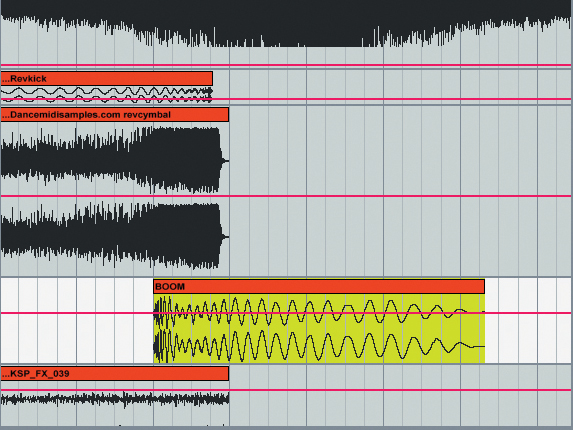
Chances are that you start most tracks by creating the basic elements - drums, bass, synths etc - but if you're looking to add some extra impact, a chunky FX sound can often do the trick. Starting with a basic cymbal sample, we're going to show you how easy it is to build one.
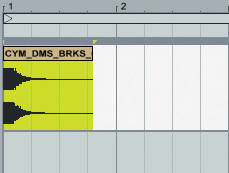
Step 1: We're going to create a weird (but massive!) 'sweeper' effect using a 909-style ride cymbal as raw material. A clean and clear percussion sample like this is a good basis for building huge effects, as it's sharp and punchy without any annoying clutter.
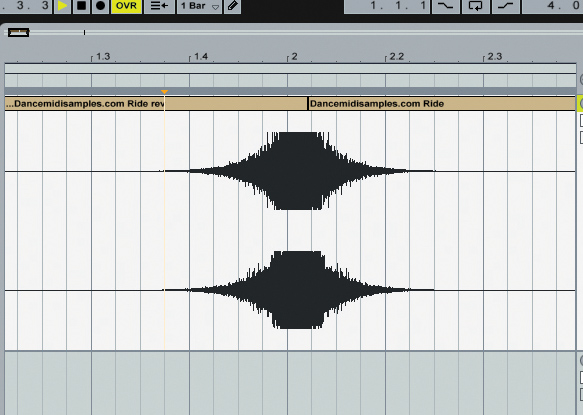
Step 2: We copy this sample, place it in front of the original, then reverse it to create a fade-in/fade-out effect. It's good to have a lot of dynamics in your samples: it makes things more dramatic and gives them a bit more 'shape'.
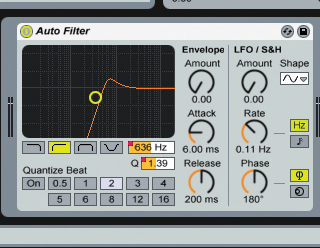
Step 3: We accentuate the sweep at the start of the effect by adding an Auto Filter. By using Frequency and Q automation, we can create a filter movement to match the change in amplitude. The subtlety of this is up to you: sometimes, you might want a huge resonance scream, but for this one, we've chosen a smoother sound.
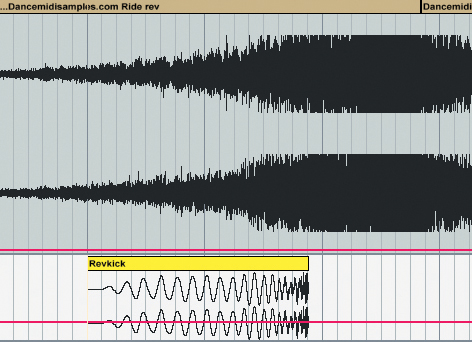
Step 4: To add a bit of rumble, we plonk in a reversed kick drum sample just at the apex of the effect. It's a good plan to boost some of the lower frequencies with sounds like this - but not too much, otherwise they'll swamp everything. You can tailor kick or bass samples by rolling off the low end with an EQ plug-in if needed.
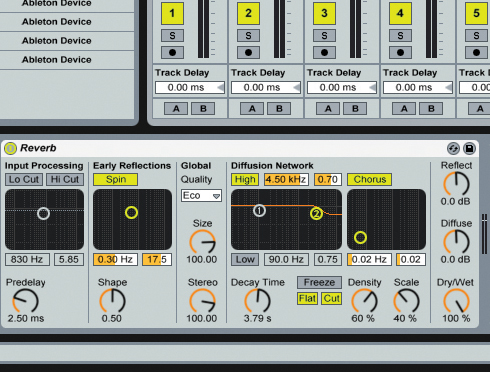
Step 5: Things are going well, but the whole sound is a little too dry. Time for some ambience - here, we've placed Live's Reverb plug-in on a send and sent part of the signal to it. A big, chunky reverb like this works quite well: with a bit of tidying up, we could use this as a basic effect.
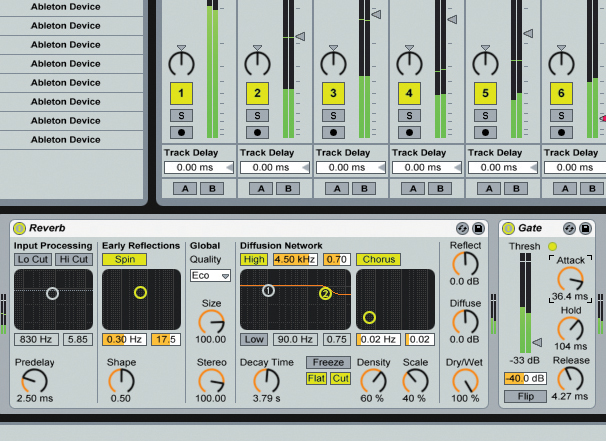
Step 6: We can make our FX sample even bigger by adding in a sharper, higher layer. This little reversed cymbal has some nice high frequencies, so we drop it in and send it to our gated reverb, along with everything else. Try to fill holes in the frequency spectrum with smaller sounds like this.
Want all the hottest music and gear news, reviews, deals, features and more, direct to your inbox? Sign up here.
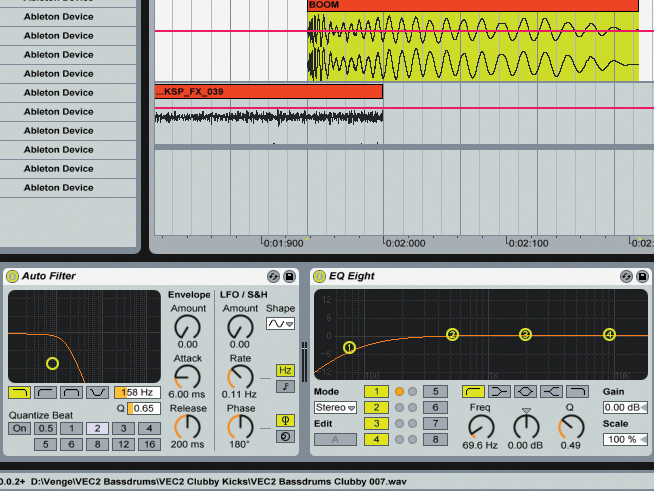
Step 7: If we want to give our FX more 'impact', for use in a breakdown, say, we can add a 'boom' at the point when the sample hits. We've taken a normal (though heavy) kick drum, filtered it down slightly and rolled off some of the very low frequencies.
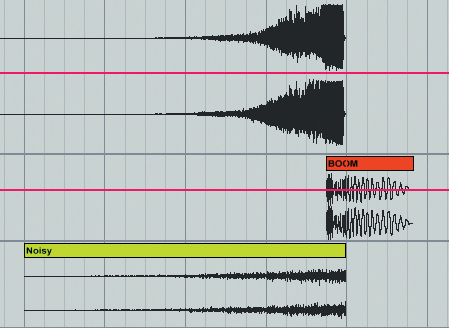
Step 8: Finally, we add a short white noise sweep and a couple of other samples into the mix, before rendering the results. This leaves us with a nice sweeper FX. Once you get the hang of creating these, you'll start to be more selective about the ones you choose from sample libraries: it's really worth giving it a try.
Computer Music magazine is the world’s best selling publication dedicated solely to making great music with your Mac or PC computer. Each issue it brings its lucky readers the best in cutting-edge tutorials, need-to-know, expert software reviews and even all the tools you actually need to make great music today, courtesy of our legendary CM Plugin Suite.
